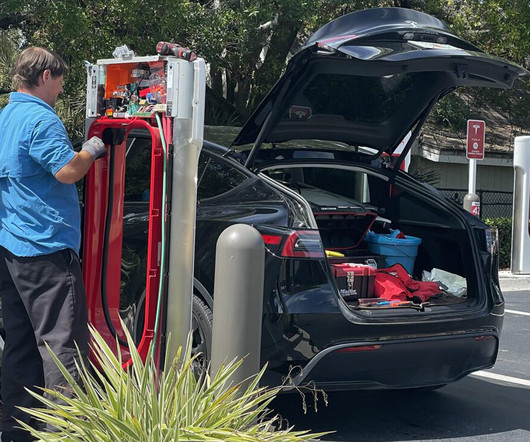Proposed process for low-emissions coal-to-liquids
Green Car Congress
AUGUST 5, 2015
The EMS (Earth and Mineral Science) Energy Institute at Penn State has developed a conceptual novel process configuration for producing clean middle-distillate fuels from coal with some algal input with minimal emissions. Principal inputs are coal, water, non-carbon electricity, and make-up solvent. EMS Energy Institute process.



























Let's personalize your content